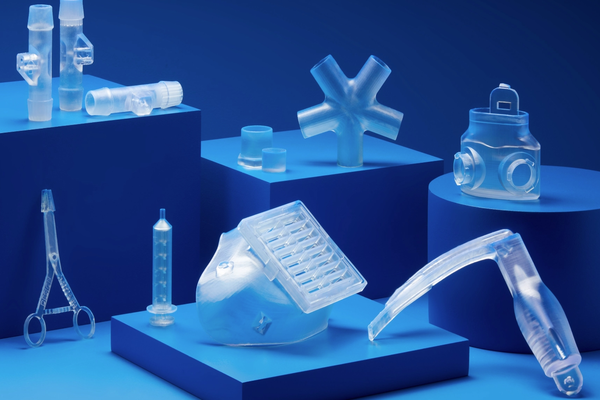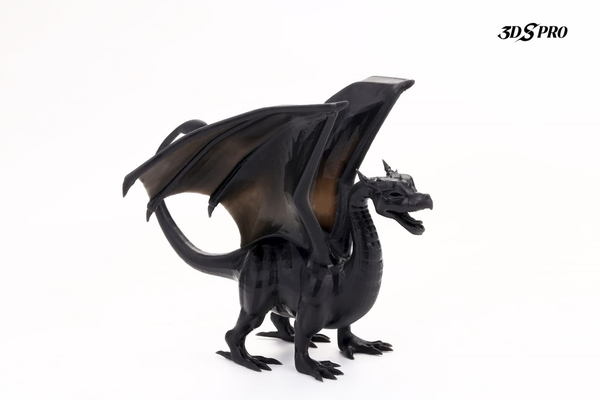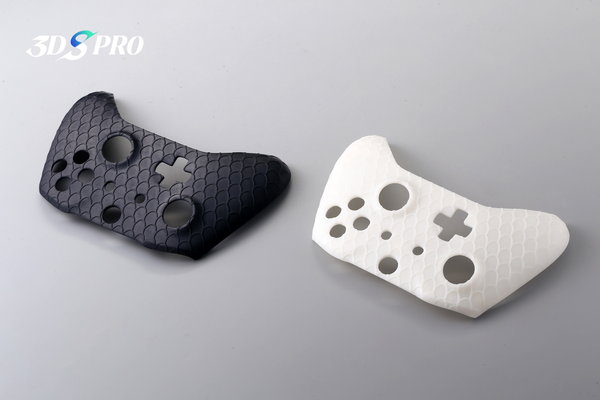3D printing has revolutionized the way we create objects, and there are many different technologies available to choose from. Two popular 3D printing technologies for resin 3D printing are Stereolithography (SLA) and Digital Light Processing (DLP) printing. Both of these technologies use liquid resin to create objects, but there are some key differences between the two. In this article, we will dive into some metrics about SLA and DLP printing to help you make an informed decision on which technology to use.
Stereolithography (SLA) Printing
SLA printing uses a laser to cure a liquid resin to create objects. The laser is directed at the resin, causing it to solidify and create a solid object layer by layer. The resin used in SLA printing is photosensitive, meaning that it reacts to the laser to cure and harden.
SLA printers typically use a single laser and mirror system to direct the laser precisely where it needs to go. The laser is directed by a mirror system that moves the laser back and forth. This means that the laser can be precisely directed where it needs to go, resulting in very accurate prints. SLA printing can produce objects with a layer thickness as small as 0.025mm, resulting in extremely high-resolution prints.
The curing process of SLA printing is very quick and precise. The laser cures the resin very quickly, resulting in very accurate prints. This quick curing process also means that the prints have a very smooth surface finish. SLA printing is a great choice for creating detailed, high-resolution prints with a smooth surface finish.
Digital Light Processing (DLP) Printing
DLP printing, similar to SLA printing, uses a liquid resin to create objects, but the curing process is different. Instead of using a direct laser spot to cure the resin, DLP printing uses a projector to shine light onto the resin. This light cures the resin in the same way that the laser does in SLA printing. DLP printers use a digital micromirror device (DMD) to project the image onto the resin. The resins used in DLP printing is also photosensitive, and share similar mechanical properties with resins used for SLA.
In DLP printing, the light is projected all at once onto the entire build area. This means that the resolution of the print is dependent on the size of the pixels in the projector. The smaller the pixels, the higher the resolution of the print.
The curing process of DLP printing is different from SLA printing. The resin is cured in one go, which can result in a slightly rougher surface finish compared to SLA printing. However, DLP printing is generally faster than SLA printing because the entire build area is cured at once. This makes DLP printing a great choice for creating objects quickly.
SLA vs. DLP Printing: Which One Should You Choose?
The choice between SLA and DLP printing ultimately comes down to your specific needs and requirements. Here are some factors to consider when choosing between SLA and DLP printing:
Accuracy
Both SLA and DLP can print a part with very high level of accuracy and a smooth surface finish. The laser in SLA printing can be precisely directed where it needs to go, resulting in very accurate prints. SLA printing can produce objects with a layer thickness as small as 0.025mm, resulting in extremely high-resolution prints. On the other hand, DLP printers also use a light source to cure resin, but the light projects an entire layer's image onto the resin at once. This means the resolution of DLP printers is largely dependent on the pixel size of the digital light projector. The typical XY resolution can be as low as 0.05 mm, with a Z layer height that can also be below 0.025mm. The accuracy of a print can also depend on the setting of 3D Printer, so if you need high-accuracy products, we suggest you to point it out so your supplier will adjust accordingly.
Speed
If you need to print quickly, and don't mind spending a few more bucks for the speed, DLP printing is your go-to choice. The entire build area is cured at once in DLP printing, making it generally faster than SLA printing. DLP printing can meet your tight deadline and give you an ideal result.
Cost
Both SLA and DLP printing can be pretty expensive because not only the machines but also the materials and daily maintance can cost a fortune. When utilizing a 3D Printing Service, it also depends on the project you are working on. The larger the part you are printing is, the more money you are expected to spend on it. If
Build Volume
SLA printers tend to have a larger build volume than DLP printers. For example, at 3DSPRO, the largest print size we offer for SLA can go up to 1700mm. If you need to print large objects, a SLA printer may be the better choice.
Maintenance
Both SLA and DLP printers require regular maintenance, but the maintenance required for each type of printer is different. SLA printers require regular cleaning of the resin tank and replacement of the build platform. DLP printers require regular cleaning of the projector lens and replacement of the light source. If you're not comfortable with performing regular maintenance on your printer, you may choose a 3D Printing Service Provider such as 3DSPRO to get your job done without all kinds of mess.
In conclusion, both SLA and DLP printing are excellent choices for creating high-quality 3D prints. The choice between the two ultimately comes down to your specific needs and requirements. If you need a very high level of accuracy and a smooth surface finish, SLA printing may be the better choice. If you need to print quickly and don't mind a slightly rougher surface finish, DLP printing may be the better choice. Consider factors such as cost, build volume, and maintenance when choosing between the two technologies.


























